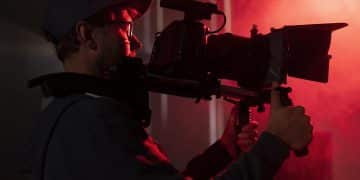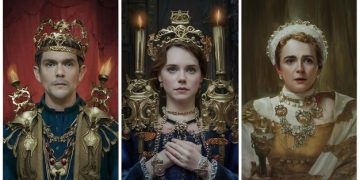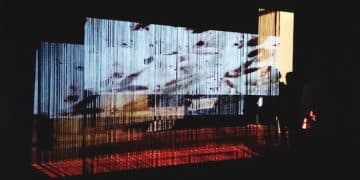Analyzing Limited Series Cinematography: 5 Critically Acclaimed Shows
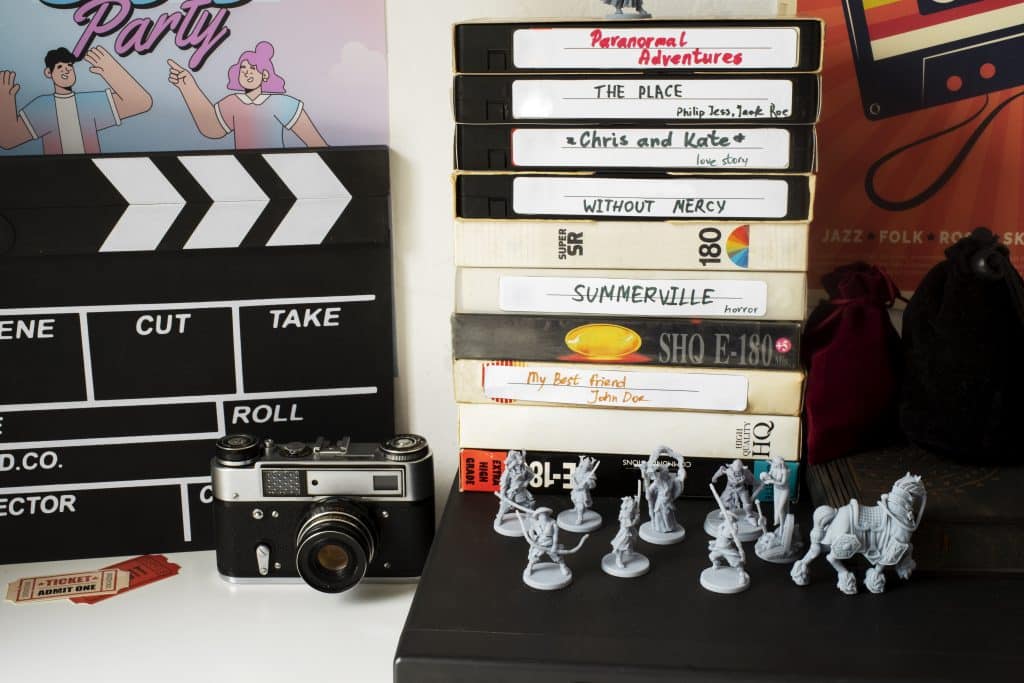
Limited series cinematography enhances storytelling through unique visual styles, with shows like ‘The Queen’s Gambit’ and ‘Mare of Easttown’ showcasing distinctive approaches to color, lighting, and camera work that elevate the narrative.
Delving into the world of limited series cinematography reveals how visual storytelling elevates these concise narratives. By analyzing five critically acclaimed shows, we’ll uncover the unique cinematic techniques that captivate audiences and enhance emotional impact.
The Art of Visual Storytelling in Limited Series
Limited series offer a unique canvas for cinematographers to craft distinct visual narratives within a condensed timeframe. With fewer episodes to tell their story, every shot becomes crucial in establishing atmosphere, developing characters, and driving the plot forward. Cinematography in this context is not merely about capturing images but about creating a cohesive and impactful visual experience.
Unlike ongoing series that can evolve their visual style over multiple seasons, limited series demand a clear and deliberate cinematic vision from the outset. This allows cinematographers to experiment with bold choices, knowing that these choices will be contained within a defined narrative arc. The result is often a more focused and aesthetically rich viewing experience.
Establishing a Unique Visual Identity
One of the key challenges for cinematographers in limited series is establishing a unique visual identity that sets the show apart. This can involve experimenting with color palettes, aspect ratios, camera movements, and lighting techniques to create a distinct mood and atmosphere.
Enhancing Emotional Impact
Beyond aesthetics, cinematography plays a vital role in enhancing the emotional impact of a limited series. By carefully crafting each shot, cinematographers can evoke specific feelings in the audience, immersing them in the story and creating a deeper connection to the characters. This can be achieved through the use of close-ups, wide shots, slow motion, and other cinematic techniques.
- Color Palette: The use of specific color palettes to evoke mood and atmosphere.
- Camera Movement: Deliberate camera movements to guide the viewer’s eye and create tension.
- Lighting Techniques: Utilizing lighting to highlight character emotions and create visual depth.
- Framing and Composition: Strategic framing to emphasize relationships and power dynamics.
In conclusion, cinematography in limited series is a powerful tool for visual storytelling, allowing filmmakers to create immersive and emotionally resonant experiences for audiences. By carefully crafting each shot, cinematographers can elevate the narrative and leave a lasting impression.
“The Queen’s Gambit”: A Chessboard of Light and Shadow
“The Queen’s Gambit” captivated audiences not only with its compelling storyline but also with its visually stunning cinematography. The show’s visual style, carefully crafted, played a vital role in immersing viewers in the world of chess and the protagonist’s internal struggles. Let’s delve into the key cinematic elements that made “The Queen’s Gambit” a visual masterpiece.
The series, set against the backdrop of the 1950s and 60s, utilizes a sophisticated approach to color and lighting to reflect Beth Harmon’s psychological state and the evolving atmosphere around her. The cinematography subtly enhances the narrative, making the show a masterclass in visual storytelling.
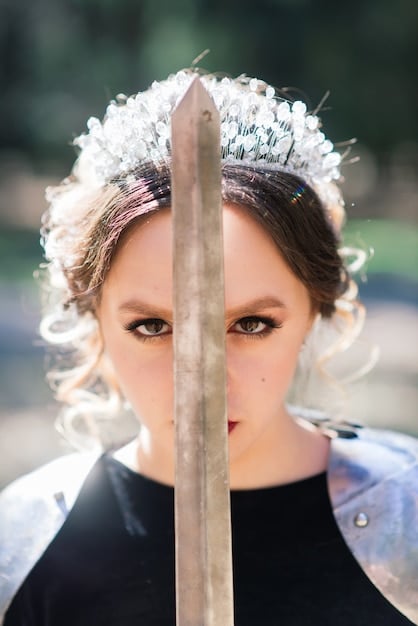
Color Palette and Lighting
The color palette of “The Queen’s Gambit” is rich and evocative, reflecting the changing times and Beth’s emotional journey. Warm tones dominate the scenes set in her adoptive home, creating a sense of comfort and nostalgia. In contrast, cooler tones are used in competitive environments, heightening the tension and sense of isolation.
Lighting plays a crucial role in shaping the mood of each scene. Soft, diffused lighting is used to create a sense of intimacy and vulnerability, while stark, contrasting light emphasizes moments of conflict and high stakes. The deliberate use of shadows adds depth and complexity to the visual narrative.
Camera Movement and Composition
The camera work in “The Queen’s Gambit” is deliberate and precise, mirroring the strategic thinking of a chess player. Slow, controlled movements are used to build tension and emphasize key moments, while dynamic shots capture the energy and excitement of competitive play.
- Overhead Shots: Chess matches filmed from above to highlight strategy.
- Close-ups: Tight shots focused on Beth’s face to show her intense concentration.
- Tracking Shots: Following Beth’s movements through tournaments to build tension and pace.
- Symmetrical Composition: Balancing elements to reflect the order and precision of chess.
In summary, “The Queen’s Gambit” demonstrates how thoughtful cinematography can elevate a narrative, creating a visually compelling and emotionally resonant experience for viewers. The attention to detail in every shot contributes to the show’s overall success as a visual masterpiece.
“Mare of Easttown”: Gritty Realism and Emotional Depth
“Mare of Easttown” is a crime drama that stands out for its raw and unflinching portrayal of life in a small Pennsylvania town. The show’s cinematography plays a crucial role in creating this sense of realism, grounding the story in a gritty and authentic visual style. The visual choices significantly contribute to the narrative’s emotional impact.
The series distinguishes itself through its commitment to portraying its setting and characters with stark honesty. The cinematography avoids glamour, instead focusing on capturing the genuine and often harsh realities of life in Easttown. This approach resonates deeply with viewers, making the story both compelling and relatable.
Visual Techniques for Authenticity
The cinematography of “Mare of Easttown” relies on several key techniques to achieve its realistic aesthetic. Natural lighting is used extensively, giving the show a raw and unfiltered look. The camera work is often handheld, adding to the sense of immediacy and intimacy.
The color palette is muted and desaturated, reflecting the bleakness of the town and the characters’ emotional states. These visual choices create a sense of unease and tension, drawing viewers into the heart of the story.
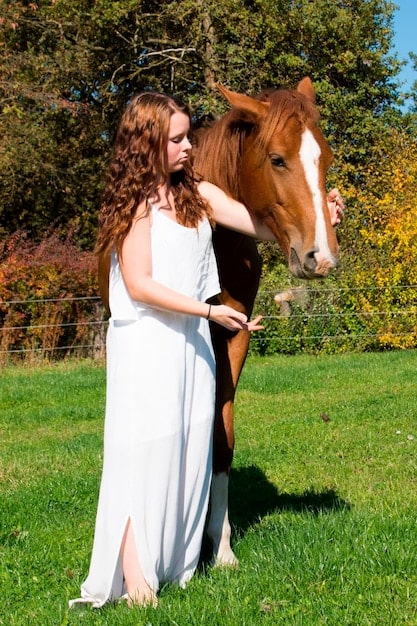
Enhancing Emotional Resonance
Beyond its realistic aesthetic, “Mare of Easttown’s” cinematography also enhances the emotional resonance of the story. Close-ups are used to capture the characters’ raw emotions, allowing viewers to connect with their struggles on a deeper level. The deliberate use of negative space emphasizes the characters’ isolation and sense of loss.
- Handheld Camera: Creates a sense of immediacy and realism.
- Desaturated Colors: Reflects the bleakness of the town and characters’ emotions.
- Natural Lighting: Enhances the raw and unfiltered look of the series.
- Close-ups: Captures characters’ raw emotions and vulnerabilities.
In conclusion, “Mare of Easttown” demonstrates how cinematography can be used to create a sense of gritty realism and enhance the emotional depth of a story. The show’s visual style is a perfect complement to its compelling narrative, making it a standout in the crime drama genre.
“Chernobyl”: A Harrowing Visual Depiction of Disaster
“Chernobyl” is a historical drama that recounts the catastrophic nuclear accident in 1986. The series is renowned for its meticulous attention to detail and its ability to transport viewers to the heart of the disaster. Cinematography plays a pivotal role in creating a visceral and unsettling viewing experience.
The series employs a unique visual language to plunge the audience into the grim reality of Chernobyl. Its cinematography is not just about recreating historical events but also about conveying the immense scale of the tragedy and the human cost involved.
Creating a Sense of Dread and Foreboding
The cinematography of “Chernobyl” is characterized by its dark and ominous tone. The show utilizes long takes, slow zooms, and unsettling camera angles to create a sense of dread and foreboding. These techniques mirror the growing awareness of the impending disaster and the characters’ mounting sense of helplessness.
The color palette is muted and desaturated, reflecting the lifelessness of the environment and the psychological toll on those affected. The use of harsh, unnatural lighting adds to the sense of unease and disorientation.
Visual Storytelling of Catastrophe
Beyond its atmospheric elements, “Chernobyl’s” cinematography also tells a story of its own. Graphic imagery of radiation burns and decaying landscapes conveys the physical devastation caused by the disaster. Close-ups of characters’ faces reveal the emotional trauma and moral dilemmas they face.
- Long Takes: Build tension and immerse the viewer in the unfolding events.
- Muted Colors: Reflect the lifelessness and devastation of the environment.
- Unnatural Lighting: Adds to the sense of unease and disorientation.
- Graphic Imagery: Conveys the physical devastation of the disaster.
In summary, “Chernobyl” showcases the power of cinematography to create a harrowing and unforgettable visual experience. The show’s bleak and uncompromising aesthetic serves as a powerful reminder of the human cost of the Chernobyl disaster.
“Unbelievable”: A Study in Subtlety and Empathy
“Unbelievable” is a true crime drama that tells the story of a young woman who is accused of fabricating a rape claim. The series is notable for its sensitive and nuanced approach to a difficult subject. The visual style supports the narrative by prioritizing subtlety and empathy.
The series distinguishes itself through its commitment to portraying its characters with depth and compassion. The cinematography avoids sensationalism, instead focusing on capturing the emotional complexities and moral ambiguities of the story.
Visual Techniques for Nuance
The cinematography of “Unbelievable” relies on understated techniques to convey its message. Natural lighting is used extensively, giving the show a realistic and unglamorous look. The camera work is often static, allowing the actors’ performances to take center stage.
The color palette is muted and desaturated, reflecting the somber tone of the story. These visual choices create a sense of intimacy and vulnerability, drawing viewers into the characters’ inner worlds.
Emphasizing Character Perspectives
Beyond its realistic aesthetic, “Unbelievable’s” cinematography also emphasizes the characters’ perspectives. Close-ups are used to capture their subtle emotions, allowing viewers to empathize with their struggles. The deliberate use of point-of-view shots immerses the audience in their experiences.
- Natural Lighting: Creates a realistic and unglamorous look.
- Static Camera Work: Allows actors’ performances to take center stage.
- Muted Colors: Reflects the somber tone of the story.
- Close-ups: Captures subtle emotions and vulnerabilities.
In conclusion, “Unbelievable” demonstrates how cinematography can be used to tell a sensitive and nuanced story with empathy and compassion. The show’s understated visual style is a perfect complement to its compelling narrative, making it a standout in the true crime genre.
“When They See Us”: Visualizing Injustice and Resilience
“When They See Us” is a miniseries that recounts the harrowing story of the Central Park Five, a group of young Black and Latino men who were wrongly convicted of a crime they did not commit. The series is notable for its powerful and unflinching portrayal of racial injustice. The cinematography plays a crucial role in conveying the emotional weight of the story.
The series employs a distinct visual strategy to highlight the themes of injustice and resilience. The visual elements are carefully assembled to reflect the oppressive atmosphere and the dehumanizing treatment faced by the accused.
Visualizing Oppression and Trauma
The cinematography of “When They See Us” is characterized by its stark and unflinching depiction of the characters’ experiences. Harsh lighting, tight framing, and disorienting camera angles are used to convey the oppressive atmosphere of the criminal justice system.
The color palette is muted and desaturated, reflecting the bleakness of the characters’ lives. These visual choices create a sense of unease and tension, drawing viewers into the heart of the story.
Celebrating Resilience and Hope
Beyond its depiction of injustice, “When They See Us” also celebrates the resilience and hope of the Central Park Five. Close-ups of the characters’ faces reveal their strength and determination in the face of adversity. The deliberate use of warm lighting and open framing in later scenes symbolizes their eventual redemption.
- Harsh Lighting: Conveys the oppressive atmosphere.
- Tight Framing: Emphasizes the characters’ confinement.
- Muted Colors: Reflects the bleakness of their lives.
- Close-ups: Captures their strength and determination.
In summation, “When They See Us” illustrates the power of cinematography to expose injustice and celebrate resilience. The show is a testament to the importance of visual storytelling in sparking social change.
| Key Aspect | Brief Description |
|---|---|
| 🎨 Color Palette | Sets the mood and atmosphere, enhancing emotional resonance. |
| 💡 Lighting | Creates visual depth, highlights character emotions, and establishes tone. |
| 🎥 Camera Movement | Guides the viewer’s eye, builds tension, and creates visual interest. |
| 🎭 Character Focus | Emphasizes emotional depth and perspective through close-ups and framing. |
Frequently Asked Questions
▼
Cinematography in limited series refers to the art of visual storytelling through camera techniques, lighting, and color grading. It’s a crucial element that enhances the narrative’s emotional impact.
▼
Color palettes affect the mood and emotions conveyed in a scene. Warm colors can create comfort, while cooler tones can build tension and suspense, significantly shaping the viewer’s perception.
▼
Lighting creates depth, highlights character emotions, and sets the tone. Skilled use of light and shadow can enhance the visual storytelling, making the scenes more impactful and engaging.
▼
Camera movement guides the viewer’s eye, can build tension, and add visual interest. Dynamic shots create energy, while slow, controlled movements build suspense and emphasize key moments.
▼
Cinematographers use close-ups to capture subtle emotions and vulnerabilities. Framing and composition also help emphasize relationships and power dynamics, thus enhancing character depth.
Conclusion
Analyzing the cinematography of these five critically acclaimed limited series reveals the profound impact of visual storytelling. From the chessboard of light and shadow in “The Queen’s Gambit” to the gritty realism of “Mare of Easttown”, each show demonstrates how cinematography can elevate the narrative, immerse audiences, and leave a lasting impression. By understanding the techniques and choices made by cinematographers, we can gain a deeper appreciation for the art of visual storytelling in limited series.
